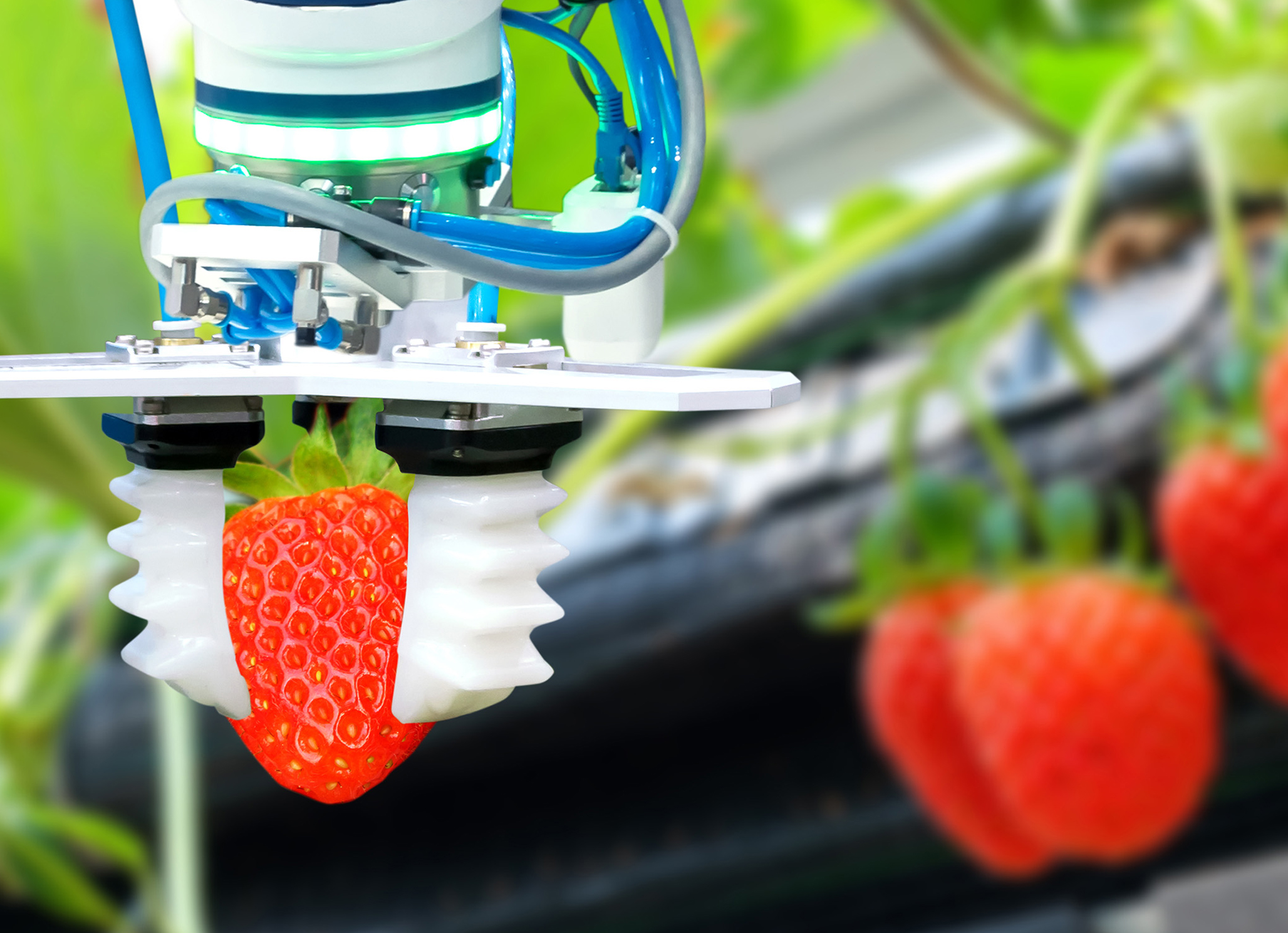News
Can we improve the quality of our food as labor becomes increasingly scarce?
The Netherlands is among the countries with the safest food in the world. We would also like to keep this status. And maybe even improve it. But how do we get that done when labor is becoming increasingly scarce?
The solution: automation and robotization.

What are dark factories?
Dark factories are factories where the lights are turned off. Where there are no more people on the floor except to maintain machines. It is increasingly being mentioned that these are the factories of the future. Automation is here to stay in the food industry. A robot works faster at sorting and packing fruits and vegetables than a human (1). This is because a robot works at a constant speed and does not require a break. Moreover, robots have a lower error rate, which makes them very reliable. Some people fear that robots in the food industry will lead to job losses. On the contrary, others believe that robots are necessary to maintain the quality and safety of our food.
1) Source: Rabobank, Robotization is changing the labor market
Distinction between robots and cobots
But first, the distinction between robots and cobots. Robotization involves robots taking over one defined part of the process from humans. They have a limb, so to speak, that can perform physical labor. Think of picking up and packing an apple.
In cobotization, robots work together with humans to make processes faster. This cobot (collaborative robot) adapts to the human's movements and so they work simultaneously and together. The cobot does the work that is too heavy or repetitive for the human. Through sensors, the cobot has "feel," which allows it to be corrected while working or even stop in dangerous situations. A robot, on the other hand, will simply continue the standardized work. Moreover, a cobot is more versatile and can easily learn new tasks, making it usable in different parts of the process.
Robots and cobots thus seem to be the ideal complement in a manufacturing process. Yet they also bring some challenges. Below we discuss those main challenges that come with deploying robots/cobots.
The five biggest challenges in automation and robotization.
1. Working data-driven to maintain quality
The use of robots, in the most extreme case, eliminates all human contact when sorting and packaging food. A disadvantage of this is that in addition to human contact, human control is also eliminated. This ensures that the capabilities of the machine and the process must be completely correct. Because machines (robots) are used, a lot of data can be obtained. Analyzing all this machine data helps gain insight into the production process. Thus, every step in the production process can be recorded and even optimized. But then this machine data has to be shared and used. Once machine data is understood, there is a wealth of information to optimize business processes. In this way, the quality of the product can be preserved as much as possible.
2. Hygiene remains crucial
The absence of human contact reduces the number of bacteria that get onto fruits and vegetables through people. An added benefit of fewer bacteria is that fruits and vegetables have a longer shelf life, leading to an increase in days of saleable produce and thus an increase in sales. But bacteria can also be on robots. Pathogens are often not visible, but can be in plastic and rubbers or in cold and damp places (2). For example, also on plastic or rubbers on robots. It is important that robots are used and cleaned with attention so that the chance of pathogens on a machine is as small as possible. There is already European legislation on this, and it is expected that the laws and regulations regarding hygiene for robots in the food industry will only become stricter in the future.
2) Source: Voedingscentrum, Listeria
3. Skilled labor is necessary
Robots need to perform more and more different tasks and be multifunctional. What is important here is that personnel understand and can operate these robots. Today, it's not just turning a pre-programmed robot on or off. It is working together, controlling and correcting a machine. This requires a good knowledge of how to use and operate a robot. More and more attention is being paid to developing software that makes a robot as easy to understand and operate as possible.
4. Workplace safety gets an extra dimension
Cobots that increasingly perform tasks autonomously are causing an increase in safety risk. Robotic machines must meet certain international safety standards, both general and machine-specific. But suppliers cannot fully check all the (im)possibilities of a robot. Part of the responsibility in this also lies with the employer. This employer must always assess the safety risks and mitigate them. In addition, the employee who eventually works together with the robot must receive proper training and operate the machine in the correct manner. In the future, more stringent laws and regulations will arise in this area as well, in order to limit the safety risks as much as possible.
5. Applicability to different products
But the biggest challenge in automation is in developing robots that recognize different product types. So recognizing different types of vegetables or fruits. Currently, robots are mainly made that can work with one type of fruit or vegetable, which makes such a robot very expensive. There needs to be a transition to robots that can distinguish between an apple and a banana, so that more generic robots are made that can be applied to different fruits. In the automotive industry, this is already very common: when scanning a serial number of a car, the machine knows exactly what parts are needed with this car. In the food industry, the transition is not yet as far along.
The two most important components for making a robot generic are a robot's Vision and Gripper. Using the Vision, a robot can distinguish which product it has in front of it. An additional advantage of such a Vision is that each product is scanned. Which also raises the quality of the products. Rotten fruit is easily recognized and selected out. The Gripper is the part of the robot that picks up and holds the product. It must be made and adjusted to pick up fruits and vegetables of different shapes.
All in all, robots and cobots seem to offer many advantages for the food industry. However, they also come with challenges. And although robots and cobots can work more efficiently than humans, the initial acquisition cost and installation of robots are high. So the added value of robots must be clear.
Contact the team personally if you would like to learn more about robotization

Harold Brummelhuis
Principal

Merijn Veltkamp
Associate

Brigitte Huisman
Business Developer